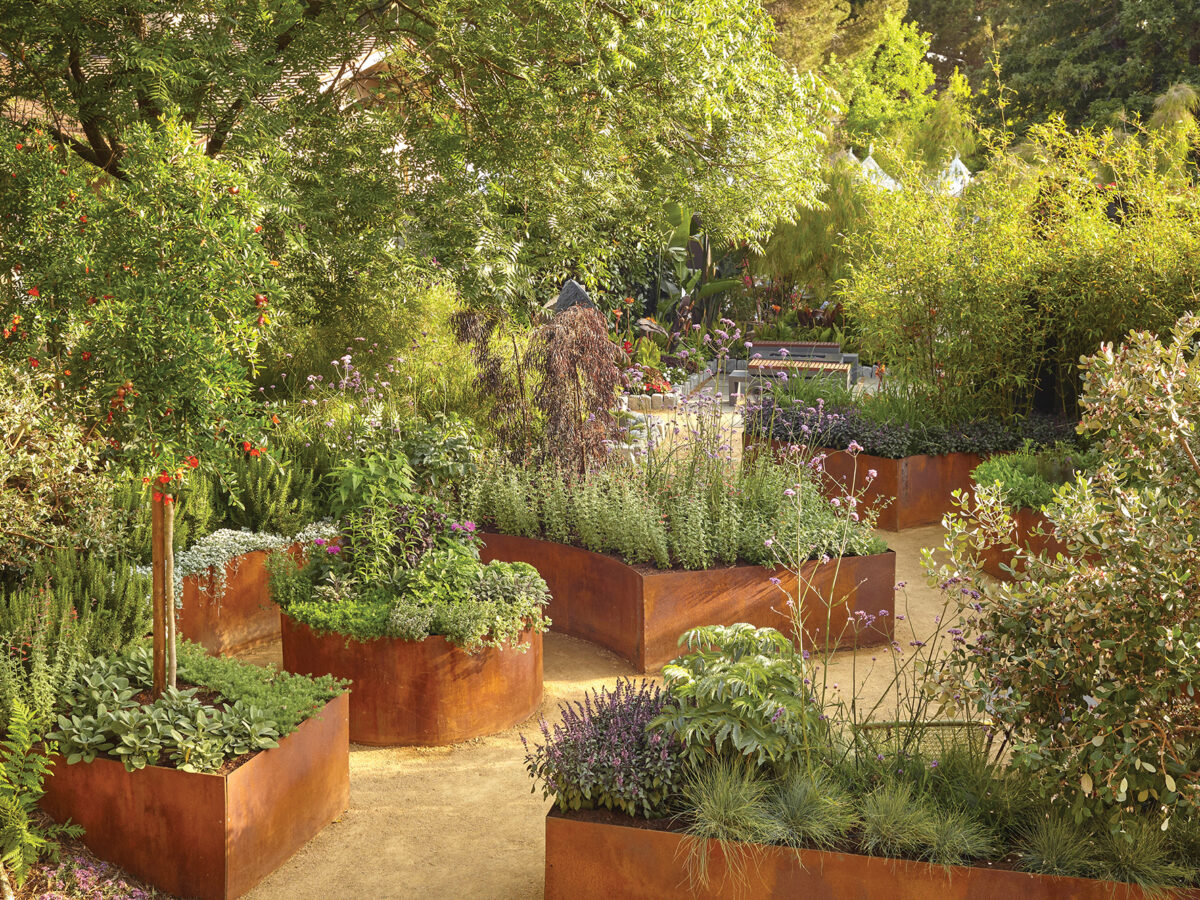The Ultimate Guide To Hilton Head Landscapes
The Ultimate Guide To Hilton Head Landscapes
Blog Article
Some Known Details About Hilton Head Landscapes
Table of ContentsSome Ideas on Hilton Head Landscapes You Should KnowFascination About Hilton Head LandscapesHilton Head Landscapes - TruthsHilton Head Landscapes Fundamentals ExplainedGetting My Hilton Head Landscapes To WorkThe 5-Second Trick For Hilton Head LandscapesThe Best Guide To Hilton Head Landscapes
Line develops all kinds and patterns and can be made use of in a selection of methods in the landscape. Line in the landscape is created by the side between 2 materials, the summary or silhouette of a type, or a long straight feature. Lines are an effective tool for the developer since they can be utilized to create a limitless range of shapes and types, and they control activity of the eye and the body.

Lines in the landscape. The properties of lines figure out just how people react to the landscape, both psychologically and physically.
The Greatest Guide To Hilton Head Landscapes
Curved lines create an informal, all-natural, relaxed character that is associated much more with nature and asymmetrical balance. Rounded lines relocate the eye at a slower rate and include enigma to the area by creating hidden sights.
Upright lines in the landscape consist of tall, narrow plant material, such as trees, or tall frameworks, such as an arbor or a bird residence on a post. Horizontal lines move the eye along the ground plane and can make an area feel larger. Reduced lines are more restrained and produce a sensation of remainder or repose.
The Ultimate Guide To Hilton Head Landscapes
Lines are also produced by the upright types of built functions and plant product. There are three main line types that create type in the landscape: bedlines, hardscape lines, and plant lines.
Bedlines attach plant material to the residence and hardscape because the eye adheres to the line, moving the stare through the landscape. Hardscape lines are created by the side of the hardscape, which delineates the built framework. Line can also be developed by lengthy and narrow products, such as a fence or wall surface.
The 4-Minute Rule for Hilton Head Landscapes
Type is discovered in both hardscape and plants, and it is commonly the dominant visual element that spatially arranges the landscape and usually identifies the design of the yard. The kind of structures, plant beds, and yard accessories additionally figures out the overall kind style of the garden. Formal, geometric kinds consist of circles, squares, and polygons.
Plants create form in the yard through their lays out or silhouettes, but form can additionally be specified by a void or negative space between plants - landscape design hilton head (https://www.tumblr.com/h1tnhdlndscps/754928253939187712/family-owned-and-operated-hilton-head-landscapes?source=share). Circles can be cycles, or they can be divided into half circles or circle sectors and incorporated with lines to develop arcs and tangents
The Facts About Hilton Head Landscapes Revealed
Circles can also be stretched right into ovals and ellipses for more range and interest. Circles are a solid style type due to the fact that the eye is always drawn to the facility, which can be used to stress a centerpiece or attach other kinds. Figure 2. Round forms in hardscape and grass panels.
The square type can likewise be fractional and secondhand repeatedly to produce a grid pattern. site link Unlike circles, squares are more powerful on the sides, which can be aligned or overlapped to produce one-of-a-kind patterns and more complicated kinds. Polygons are many-sided kinds with straight sides. Triangulars, for instance, are three-sided polygons.
Twisting lines often simulate the all-natural training course of rivers or streams and can be called smooth lines with deeply curved undulations. Meandering lines (Number 3) function well for paths, plant bedlines, and completely dry stream beds. Meandering lines can add rate of interest and mystery to a garden by leading visitors around edges to discover brand-new sights and rooms.
The Facts About Hilton Head Landscapes Uncovered

Number 5. Fragmented sides: tipping stones in pathway. Form is one of the most long-lasting top quality of a plant (Landscapers near me). https://www.gaiaonline.com/profiles/h1tnhdlndscps/46738857/. Typical plant types are well established and standard, as kind is one of the most consistent and recognizable attribute of plants. Type can additionally be produced with the massing of plants, where the overall mass develops a various form than an individual plant.
An extremely different type must be made use of with careone or more job well as a prime focus, but too several produce chaos. All-natural plant types, rather than over-trimmed kinds, should develop the bulk of the structure. The relevance of general form is basically reliant on the seeing perspectivethe kind of a tree can show up rather various to a person standing under the canopy versus checking out the tree from a distance in an open area.
Hilton Head Landscapes - Truths
Plant kinds also produce and define deep space or open rooms in between the plants, producing either convex or scooped kinds in deep spaces. High-arching tree branches typically produce a concave open area under the branches, and a rounded cover with reduced branches loads the room to develop a convex kind outdoors space under the tree.

Report this page